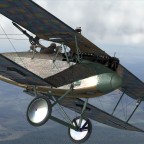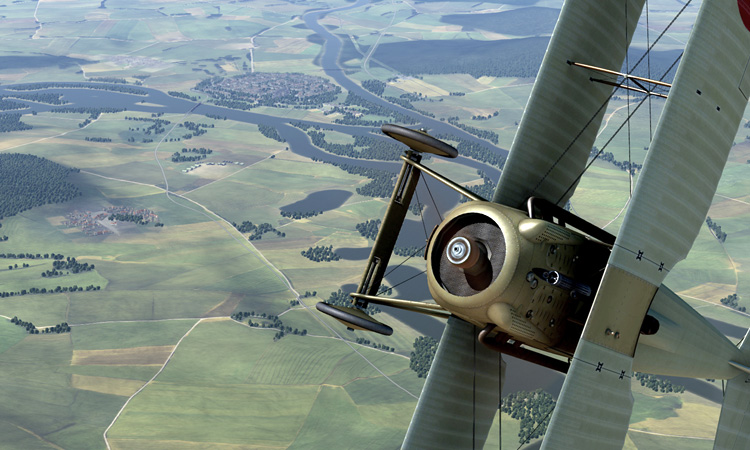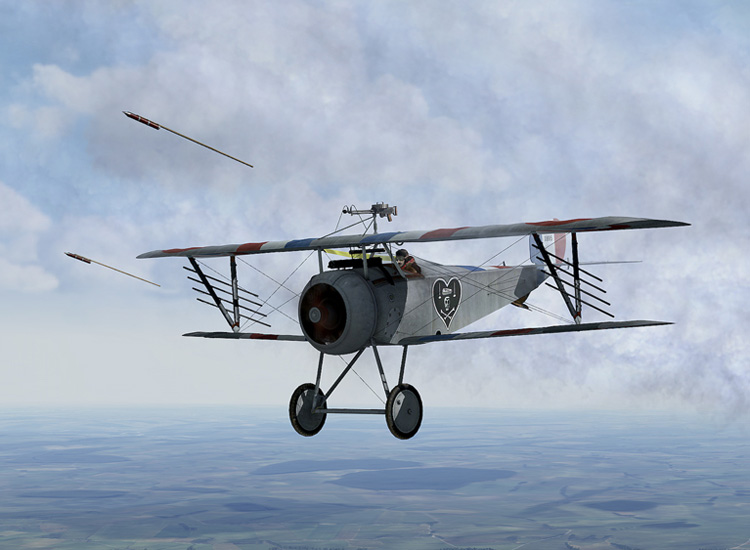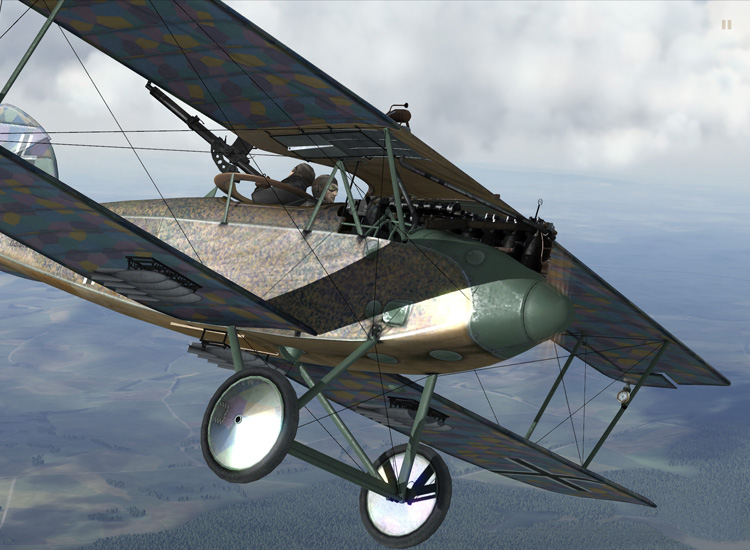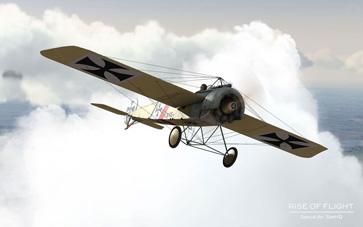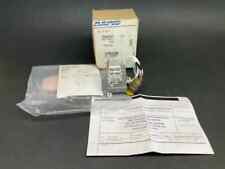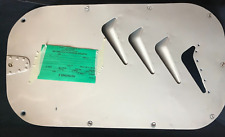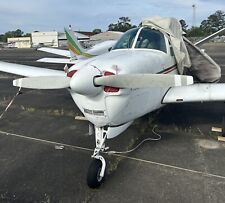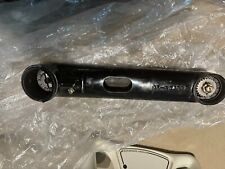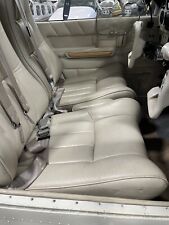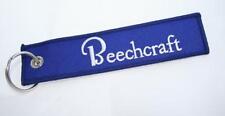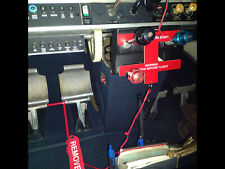Part 2 – The Simulation’s Depth
by Jonas “Avimimus” Weselake-George
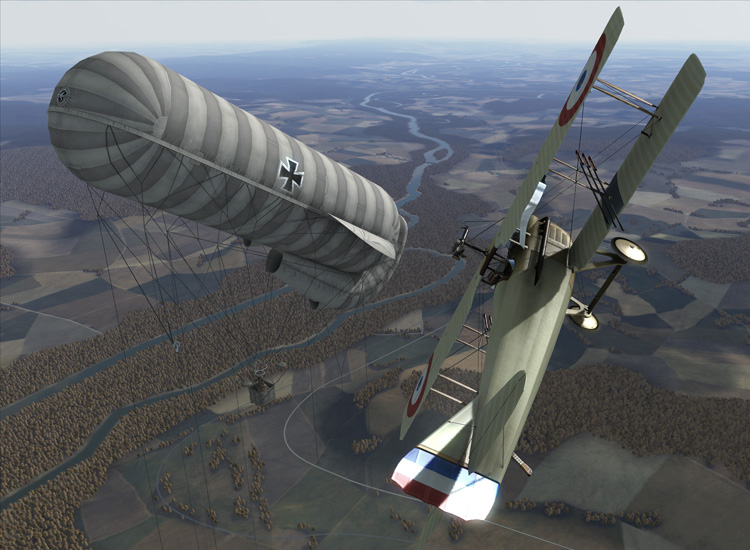
On the occasion of this third anniversary celebration Jason Williams of 777 Studios and Albert Zhiltsov took some time to give us a fascinating interview.
This is the second part of the interview series, and will be focused on the depths of the simulation — giving us some special insights.
In the first part of the interview we discussed the future features and expansions which are expected over the next year. In the third part we will discuss the developer’s motivations, the challenges and triumphs in the industry, the relationship with the community and the role of flight simulators in the modern world.
For some information on Rise of Flight, take a look at our earlier retrospective showing some of the updates released over the last year. You can also read the review from three years ago when it was first released.

Jonas: What are your favorite features developed in the last three years?
Albert: This question is always asked in different forms. It’s hard to answer to this question. Users can answer, [but] I do not. If something has been done — it is because we wanted to do it very much. During this [past] 3 years, we have created a lot of unique things: career [gameplay], for example, multi-engined aircraft and shooter’s place [player controlled gunner’s positions] in the plane, a personal pilot’s weapon [hand held guns], new seasons, a lot of things. Almost everything we did was new to the genre and has never been done before. Very hard to pick just one!
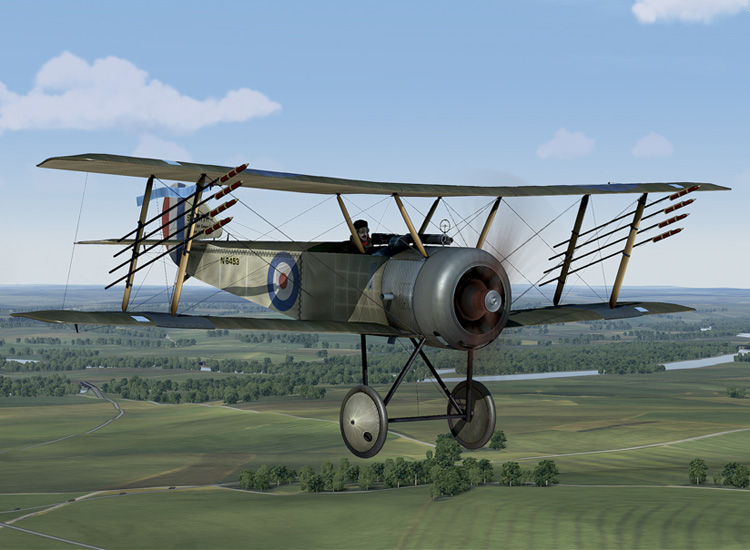
Jonas: Are there any features that were more trouble to add than they were worth?
Albert: Again, the question to the players — what they liked and did not like, more or less. There are many modules in our project that I would like to change or rebuild completely now when I got the experience. There are some things that not all users understand, for example control of the turret gunner:
Before ROF turret was made very simplistic. Just the sight that is bound to the mouse cursor. Therefore, the work of a gunner has always been minor in other simulators and often the gunner sat in its place during flight.
In the First World War, it works differently, since the role of gunner was enormous especially in the first half of the War. A two-seater plane was a dangerous opponent and the pilot and gunner was a very good team — it was the only way that [they] could survive. Therefore, we decided to pay more attention to the modeling of the turret and made a real mechanical and kinematic model of the system. But as it turned out, in reality turret was not very easy to control — once it became clear in the simulator. Ring mount moves only on certain paths, has a fairly heavy weight and inertia when it is moving. The work of a gunner is real work.
New details have been revealed, which have never been important in the simplified approach. For example, the neck of a man can not spin 360 degrees — which is still a surprise for some of our players. When they move the turret around to one side and it stands on guard while their head is turned to the other side, it’s not just a figure — you must first turn your head to the needed direction and then later the machine gun. Many beginners think that the turret does not move, but it’s not the turret, it’s their neck that cannot move, and their neck rotates in the opposite direction. It is always a heated debate on the forum. This is an example how the solution of engineering problems in the mechanics of the game and the desire for realism is sometimes counterproductive.
So — many things can be done in some other ways, we should try to seek a compromise between realism and game — and an understanding of how users perceive virtual reality. This boundary is always blurred, I think we passed it very carefully. Error analysis is a different story. Producers can spend hours thinking about it.
Jonas: What aircraft surprised you the most when you developed it?
Albert: I was impressed by the whole period and each plane, which we did. I knew nothing about WWI before the start of the project, so I was happy to read and study the subject over the last [few] years. I’ve come a long way from a box of matches with the image “of a red plane” [on it], to the ability to clarify modifications of different Albatrosses. I was surprised and impressed by the engineering genius thought of [at] that time and, of course, [the] tragic bravery of [the] pilots. For me, each plane was a book.
The first time we took the decision to make a plane, I read about all available information — and in the office our guys were discussing what it would be, considering the photos and drawings. And then after the release in beta-test, when it began to fly [in the simulator] — it was always different from what I expected.
As a pilot, I was surprised at such a value of the rudder (pedal) for the effective management of in-flight [for example, importance of rudders in early aircraft]. I’m used to the [greater] effectiveness of the ailerons of later aircraft. The weaknesses and effectiveness of so few mounted weapons surprised me also. Flying a plane with six Brownings in WWI as [some planes had] in WWII would have made you feel like a god of war! A very memorable day was when I tested Fokker DR1, as we marveled at its possible maneuvers. Then, after a month of flying, I understood why so many pilots were asked [put in requests] to move them [to] flights on Fokker D7.
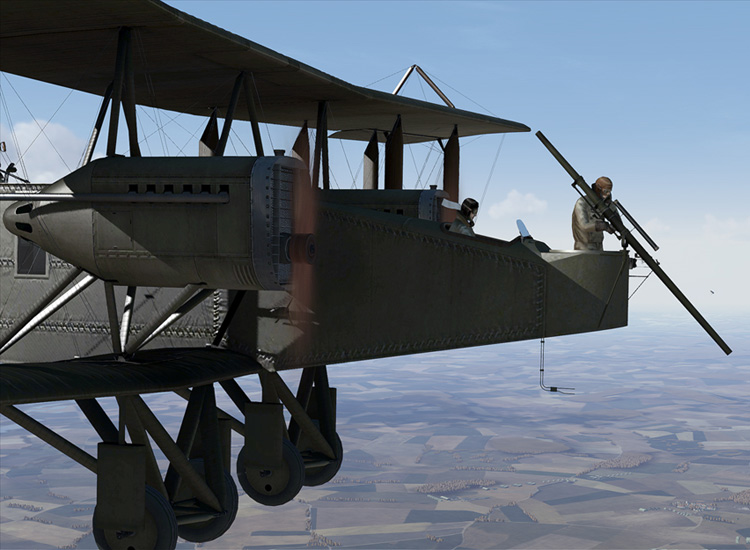
Jonas: Many of the aircraft in Rise of Flight no longer exist. There are old factory test results, blueprints and anecdotal reports — but a lot of the aircraft’s behavior has to be calculated by the team at 777 Studios. In some cases, the results have even differed from the historical record.
What is it like to try and figure out how these aircraft performed? How much are the aircraft in Rise of Flight based on historical documents, and how much is recalculated from studying the aircraft’s design? Do you feel that the modeling done for Rise of Flightactually increases our historical understanding of how these aircraft worked?
Albert: At the heart of our project is mathematics, the queen of sciences. It’s great for its data accuracy. We do not make planes, based on adjectives describing them, or just looking at pictures. First, we have created a mathematical complex of mathematics that allows us to model objects of various shapes and place them into the air. In general, each plane can be divided into the following major parts: the airframe, engine, propeller, and the payload. Each of these parts is dynamic and consists of many different interactions. For example, the propeller which consists of 5 different parts: Each part and all of them together create vortices, which interact with more than one hundred parts of the airframe, creating unique results for each second of simulation. With the same precision engine, chassis and other complex objects are restored, which together create what we [are] used to [calling] the aircraft. This entry is necessary to understand that some questions [about the flight model] have no answers or require [further] clarification [i.e. study to understand].
The development of each aircraft begins with work on the [historical] documentation. We are interested in tables and descriptions of the pilots, but more important for us the accuracy of drawings and data on the weight of various aircraft parts or fluids and aggregates. The cross section profiles of the screw, the data on aspects of [this] device and the engine are also interesting for us. All this together creates an object, and we do not know how it will behave in the air until the first tests start.
Typically, the error of the first assembly is about 10-15% from the materials we have got. Then “the magic of engineers” begins — modify the edge of the screw slightly, reset the carburetor work, double check the thickness of the profile and the plane begins to be closer to the well-known characteristics. Now the accuracy of [our] simulations [comes] close to the engineering precision of 3-5%, and in some characteristics [achieve] only 1% error.
Further add the wind, turbulence, different weights of fuel and you will get very different characteristics of the aircraft. The Camel is the prime example of such a situation, when it [the fuel tank] is filled [to] 100%, and when his tank is filled by a quarter. If you ask any two pilots [given Sopwith Camel’s with different fuel loads], they will describe just two different aircraft: one of which will [report an airplane that will] be difficult to fly — unbearably [so], and the other will be the best fighter of WWI. But don’t forget about some other conditions around the plane — somebody shoots in it [the human pilot matters]. And if it is added, then we get emotional description [of the airplane], which is [seen] in the memoirs of the pilots [from] those years.
We [also] get some consultations from pilots of aircraft replicas that have them now, we really trust them. Even now, if for example I want to buy the car of a certain brand and write a query in Google, you will see thousands of opposite views on how good a car [it] is or no — but we are talking about the description of military aircraft after battles of a hundred years ago, most of these descriptions from pilots are too much emotional.
One of the goals of our project is an attempt to see “reality”, hidden behind these one hundred years of endless propaganda and a layer of rust.
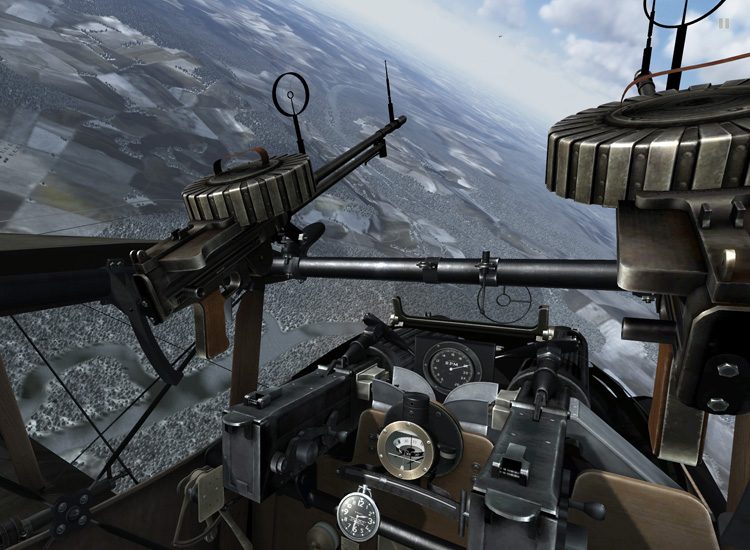
Jonas: One thing that is immediately noticeable to players is the “sense of flight”. These WWI aircraft were little more than wood, wire and canvas — and intimacy with the air is a critical part of the experience.
Like many combat simulator enthusiasts I viewed the older generation of civilian flight-sims more as “flight-plan” simulators ( modeling destinations and air-traffic control etc.), rather than simulating the actual experience of flying. However, Rise of Flight’s flight model is good enough that most of us are happy to fly without weapons or destinations.
Many fans are curious: could you give us a very general idea of how the flight model works?
Albert: E=mc2 or to be more concrete a particular F=ma.
Seriously, it would be an answer that would take several hundred pages and perhaps could be the almost finished doctoral dissertation.
The main difference from previous generations of FM [flight models] is that we have created a dynamic system, it only starts with the known parameters we input (i.e. the weight of the aircraft parts) then it gets interesting. Once put into motion, all these parts live their own lives, each clock cycle, changing, and changing everything around — so in Rise of Flight it is not possible to get two 100% identical flights or two identical battles. Even when starting an airplane engine you do not get the same performance result each time. That is because, just as in real life, no engine is truly identical. There are small differences between each one; therefore, two “identical” aircraft engines perform slightly different even with the same settings. Most Rise of Flight users do not understand this random element in our engine, but it adds an immeasurable bit of realism to flying our planes. Add in different environmental factors and you get a very dynamic outcome each time you fly. And our artificial intelligence (AI), which we wrote to control opponents, copes successfully with the radio controlled model aircraft in reality, because it uses the same principles [as exist in real life].
FM is now so complex that to understand how it works, you need a few hours time, an audience, a projector and a board with chalk. This is a very complicated set of dynamically changing mathematical parameters and this is probably the shortest of its descriptions. We don’t have any super secret — this is simply physics and mathematics and stuff already theorized by Newton and Einstein. However, we are pleased with the results, even if some [others] out there are not sometimes. It’s not easy to make something like this, and not everyone knows how to create an FM system like ours, but it is possible with a good team. Perhaps someday our engineers will publish a very detailed work in a specialized scientific journal, LOL. But this lecture is in the future — because now they need to work on a brand new element of this FM — [for seaplanes] on contact with water.

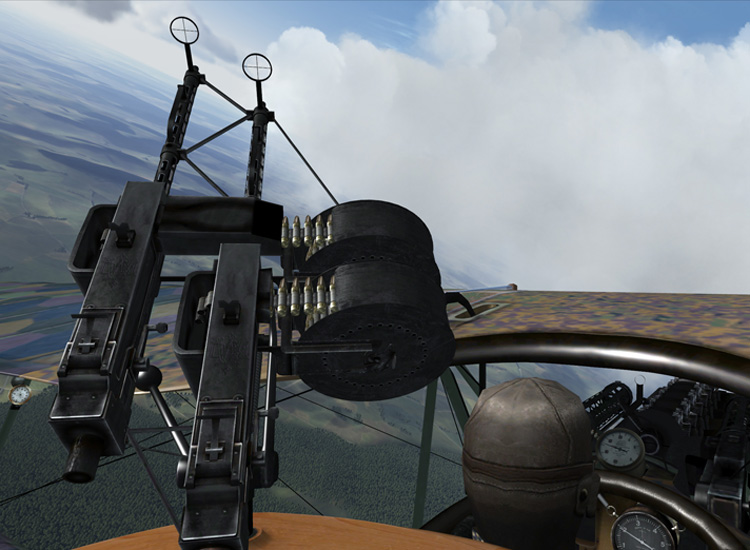

Part 1 of our interview discusses upcoming features and expansions for 2012.
Interviewer’s Note: Russian is a very elegant language and sometimes requires less words to make sentences than is expected by many English speakers. Some adjustment has been made — particularly to tenses when it helped greatly with reading. Comments in square brackets are editorial additions to improve the flow for readers who are not familiar with Russian. We’d also like to remind readers that this section is mainly speculating on possible features — everything is a work-in-progress and can change at any time.
We want your Feedback. Please let us know what you thought of this article here.

